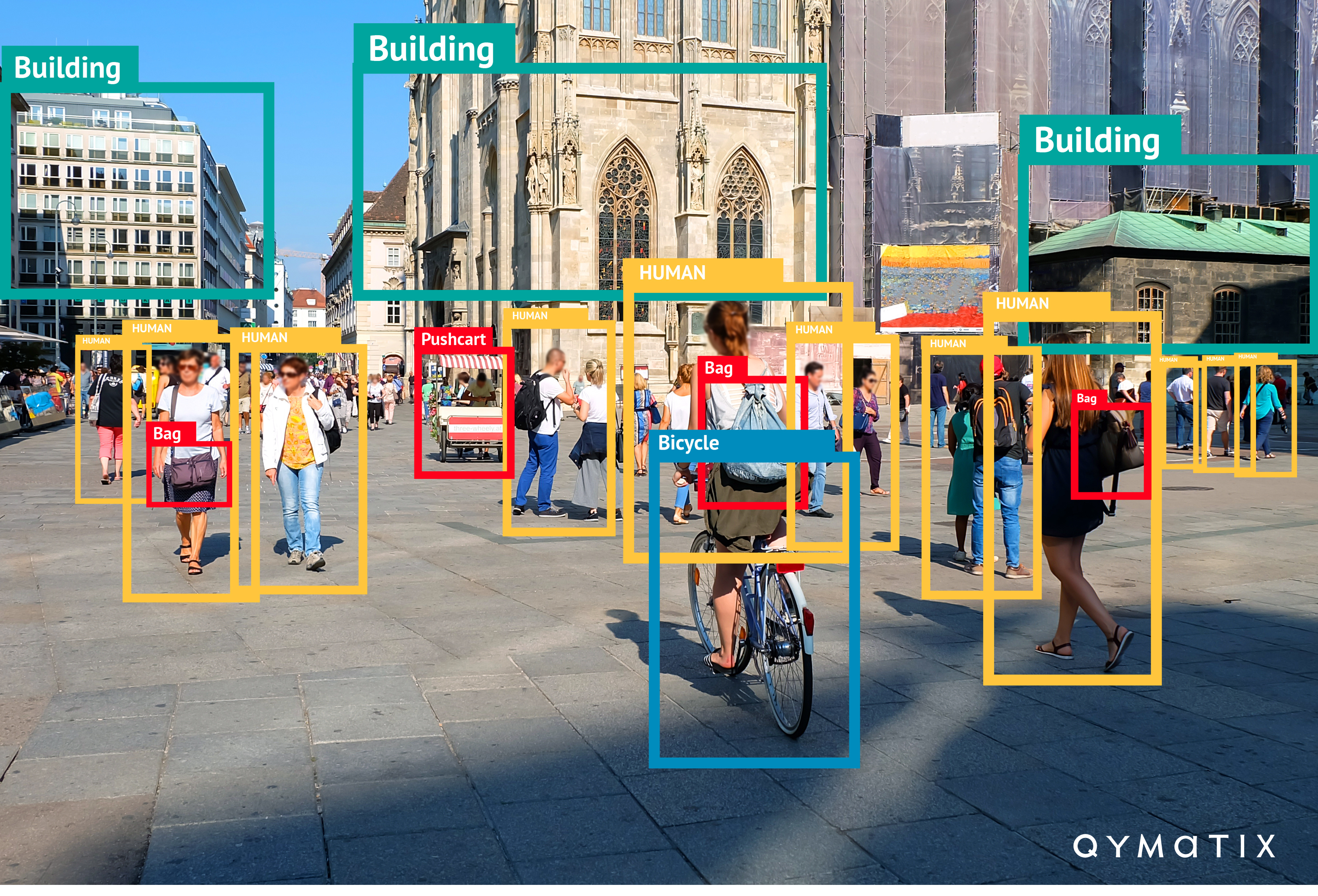Types of machine learning (ML)

Please enter your Email address
What is machine learning and what types of machine learning exist?
As part of artificial intelligence (AI), machine learning (ML) is a subcategory interested in processing and learning from vast amounts of data. It does this to make predictions that can help performance improve around a specific goal. These goals could be around forecasting, associations, clusters, regression and more.
Today, we’ll review the different kinds of ML that exist, what they are best used for and any downsides to the algorithms in this 7-minute read.
What is machine learning (ML)
This part of computer science uses algorithms to learn from the data it’s fed so it can make decisions. From self-driving cars to Amazon’s recommended products, machine learning is helping businesses solve complex problems and improve user experience with their brand. Machine learning technology is also the foundation for predictive analytics software tools like ours, for example. It’s easy to conflate terms in the AI space, however. IBM explains, “Machine learning, deep learning, and neural networks are all sub-fields of artificial intelligence. However, neural networks [are] actually a sub-field of machine learning, and deep learning is a sub-field of neural networks.” Today, we’ll be focusing on the four main types of ML.
What are the four main types of machine learning (ML)
Supervised Machine Learning, Unsupervised Machine Learning, Semi-Supervised Machine Learning and Reinforcement Learning are the four main types of ML. They are sorted based on the type of data that feeds their algorithms and by the training methods used.
Supervised Machine Learning
The most basic form of ML, supervised machine learning is where the system is taught what all the inputs are and how they map to the outputs. In this type of ML, the algorithm is given lots of labelled examples of correct answers and then asked to classify or solve regression problems with a new input that matches input types it’s familiar with.
Classification algorithms like random forest or support vector deal in outputs like Yes /No, Black/White, etc. Regression algorithms like multivariate solve problems where the input and output have a linear relationship.
How is Supervised Machine Learning used?
Some uses for this kind of ML are fraud & spam detection, speech recognition, weather predictions, image sorting, market trends and medical diagnosis. The most accurate of the ML systems, the downside of SML is that it needs clean, labelled datasets to work with and that limits its use cases.
Unsupervised Machine Learning
With UML, there are no labelled datasets and the system reacts to the data without being given the correct answers to model from. This is useful to find patterns or differences. And this ML approach is used in association or clustering. With clustering algorithms like DBSCAN or principal, objects are grouped by similarities. For association algorithms like eclat or apriori, the system is looking for dependencies as it relates to a desired outcome.
How is Unsupervised Machine Learning used?
You’ll see UML in SVD, market basket analysis, recommender systems (like the Netflix feed), plagiarism detection, customer segmentation, fraud detection and more. It’s best at finding patterns that humans might miss, but it can often provide inaccuracies since it’s not trained.
Semi-Supervised Machine Learning
Where some data sets are labelled and others are not – this requires semi-supervised machine learning. It allows all available data to be used and offers a more reliable output than with unsupervised ML alone. The machine teaches itself some things and augments that knowledge with trained data from the labelled sets. Co-training is an improved approach to self-training which uses two views of data to train two unique classifiers. It’s more effective for things like web content classification tasks that evaluate both text anchors and the on-page copy separately.
How is Semi-Supervised Machine Learning used?
SSML is used by Google to understand the content of websites or to classify text documents, analyse video content or find sentiment. Perhaps the best of both worlds between supervised and unsupervised ML, accuracy is low and it can’t be applied to network-level data.
Reinforcement Learning
A carrot & stick method; here the ML algorithm learns on its own and is corrected or praised when it comes to a right or wrong conclusion. Positive reinforcement learning adds something to increase the frequency of the behaviour and negative reinforcement does the opposite. The Markov decision process (MDP) formalises this learning problem where the environment responds to every action the agent takes – creating a new state.
How is Reinforcement Machine Learning used?
You’ll see this ML in video games, robotics, text mining and your own PC’s resource management systems. One such system – trained to play the game ‘Go’, broke world records. According to Deep Mind, “AlphaGo is the first computer program to defeat a professional human Go player, a Go world champion, and is arguably the strongest Go player in history.” The advantage of RL is that it can solve complex problems, but the biggest downside is the vast amount of data it needs to function.
CALCULATE NOW THE ROI OF QYMATIX PREDICTIVE SALES SOFTWARE
Types of machine learning (ML) – Summery
All types of machine learning (ML) have their own advantages and disadvantages, with some types suitable for one task but wholly inaccurate at another. For our predictive sales software, we go through a training phase using our machine learning methods (mainly supervised and unsupervised ML) to ensure that you get the most accurate sales forecasts possible from your (ERP) data set. Curious to find out how you could monetise your old sales data into actionable insights that will drive more revenue? Book a quick call with us today.